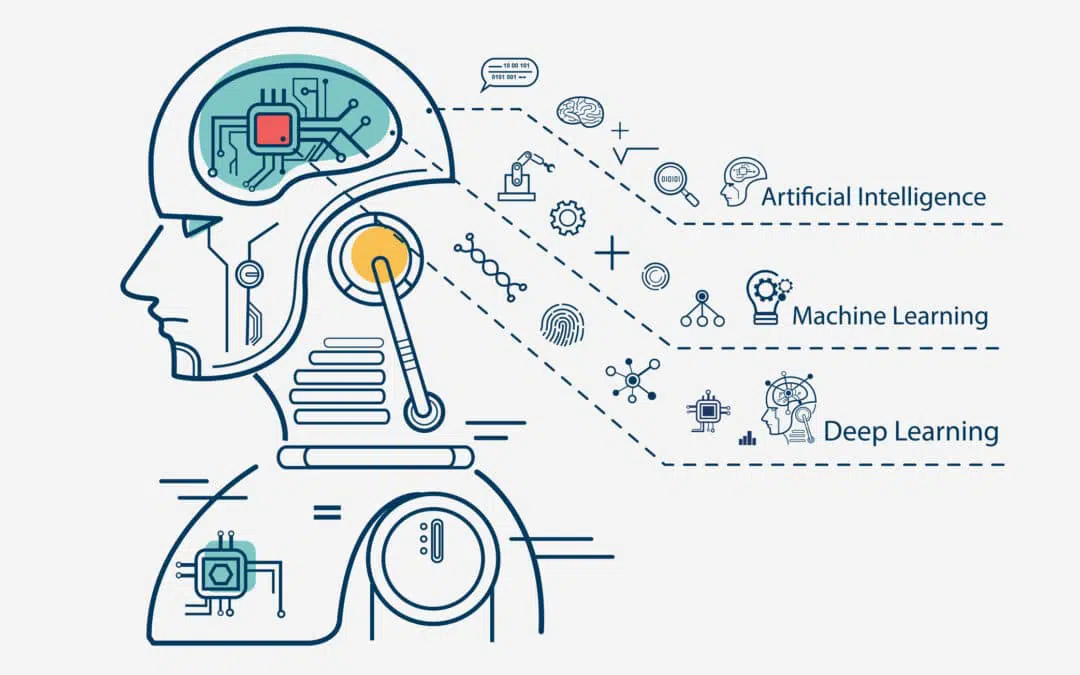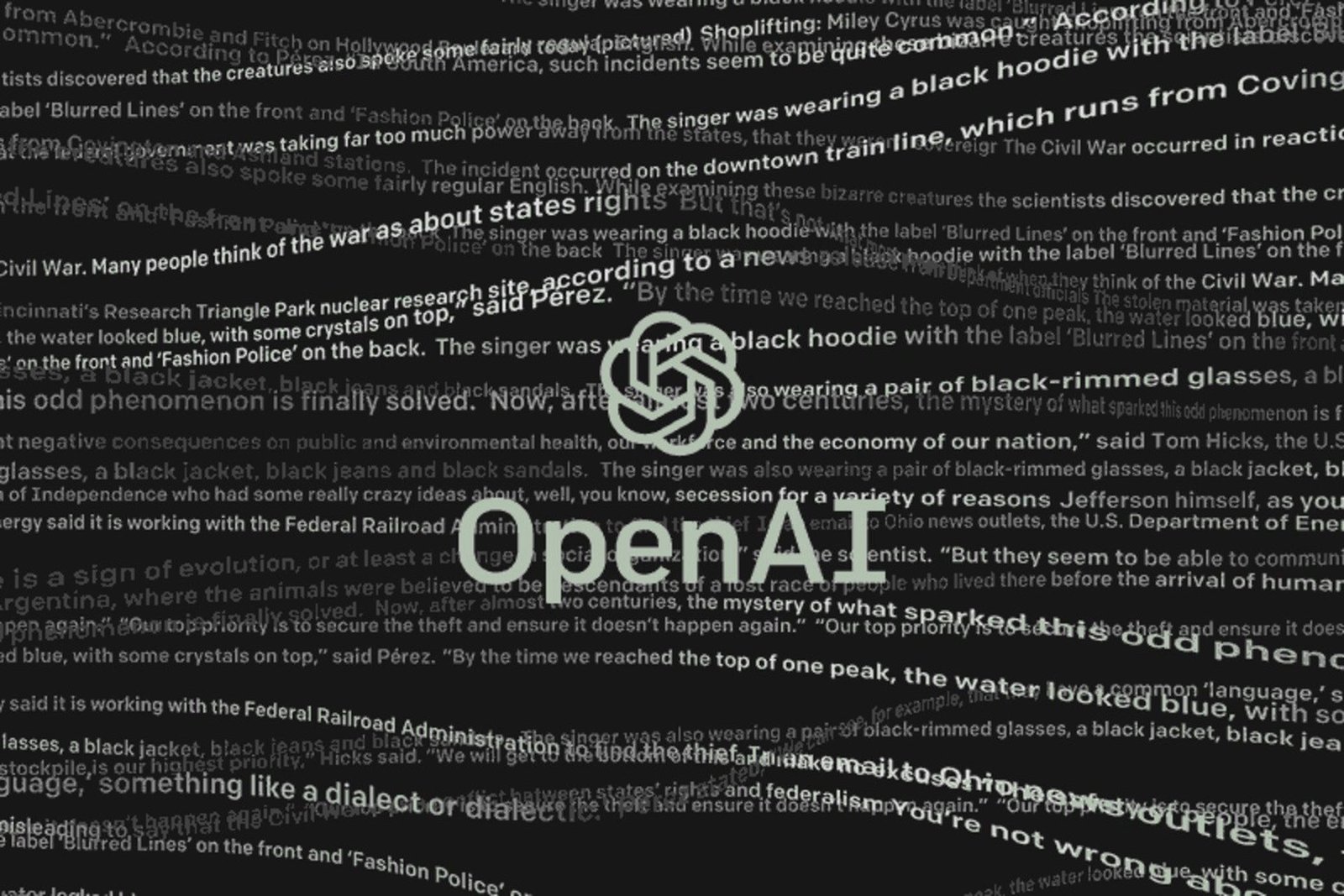Unleashing the Power of Advanced ChatGPT: Mastering Prompts and Commands
January 15, 2024 | by thecyberhub.net

Introduction:
In the realm of artificial intelligence, OpenAI’s ChatGPT stands out as a powerful language model capable of engaging in meaningful conversations. While its basic usage is impressive, unlocking the full potential of ChatGPT requires a deeper understanding of advanced prompts and commands. In this blog post, we’ll explore the intricacies of ChatGPT and delve into the world of advanced techniques to harness its capabilities.
1. **Crafting Effective Prompts:**
The key to extracting valuable information from ChatGPT lies in crafting clear and concise prompts. Unlike simple queries, a well-structured prompt provides the model with context and direction. Consider the following tips:
– **Specificity:** Be specific in your prompts to avoid ambiguous responses. Instead of asking, “Tell me about animals,” try “Describe the unique characteristics of platypuses.”
– **Context Inclusion:** Provide context in your prompts to guide the model. For example, if you’re seeking advice, specify the context, such as “Provide tips for effective time management in a busy work environment.”
– **Prompt Engineering:** Experiment with prompt engineering by tweaking the length and format of your queries. Sometimes, a slight modification can yield significantly different results.
2. **Commanding ChatGPT:**
Beyond prompts, you can utilize specific commands to enhance your interactions with ChatGPT. These commands act as instructions for the model to follow, influencing its behavior in various ways.
– **Temperature and Top-p:** Adjust the “temperature” parameter to control the randomness of responses. A higher temperature (e.g., 0.8) leads to more creative but potentially less coherent replies, while a lower temperature (e.g., 0.2) produces more focused and deterministic answers. Similarly, using “top-p” (nucleus sampling) helps in selecting from the top probabilities, ensuring more relevant outputs.
– **System and User Commands:** Introduce system-level instructions like “\[System\] You are an assistant that speaks like Shakespeare” to mold the model’s behavior. User commands like “\[User\] Switch to a technical tone” prompt the model to adjust its language accordingly.
– **Instructive Prompts:** Embed instructions directly in your prompts. For instance, you can guide the model to brainstorm ideas by starting your prompt with “\[Instruct\] Generate creative concepts for a futuristic city.”
3. **Iterative Refinement:**
Enhance the quality of interactions with ChatGPT through an iterative process of refining prompts. Analyze model responses, identify patterns, and gradually adjust your prompts to achieve the desired output. Experiment with different phrasing, context additions, and command variations to find the sweet spot for your specific use case.
4. **Ethical Considerations:**
While experimenting with advanced prompts and commands, it’s crucial to be mindful of ethical considerations. Avoid biased instructions and be cautious about potentially harmful outputs. OpenAI has implemented safety features, but responsible usage remains essential.
Example prompts for job hunting:
1. **Company Research:**
“` “Research and summarize key information about [Company Name], including their mission, values, and recent achievements.” “`
2. **Resume Building:**
“` “Help me articulate my achievements in a way that stands out on a resume, focusing on my experience in [industry/field].” “`
3. **Cover Letter Assistance:**
“` “Compose a compelling opening paragraph for a cover letter applying for a [specific job title] position at [Company Name], highlighting my skills in [key skills].” “`
4. **Interview Preparation:**
“` “Generate potential interview questions for a [job title] position and provide suggested responses, emphasizing my strengths and experiences.” “`
5. **Networking Tips:**
“` “Offer advice on effective networking strategies to connect with professionals in [industry/field], especially on platforms like LinkedIn.” “`
6. **Industry Insights:**
“` “Provide insights into the current trends and challenges in the [industry/field] job market, and suggest how I can position myself as a strong candidate.” “`
7. **Skill Development:**
“` “Recommend online courses or resources to enhance my skills in [specific skill set], making me more competitive in the job market.” “`
8. **Job Search Strategies:**
“` “Share effective strategies for optimizing my job search, including the best job boards, networking events, and other resources for [industry/field].” “`
9. **Salary Negotiation Assistance:**
“` “Assist me in preparing for salary negotiation by providing insights into average salaries for [job title] in [location], considering my experience and qualifications.” “`
10. **Industry-Specific Advice:**
“` “Offer guidance for breaking into the [specific industry], including key qualifications, certifications, and networking opportunities.” “`
Remember to customize these prompts according to your specific situation, industry, and job preferences. Additionally, iterative refinement may be necessary to fine-tune the responses and align them with your unique needs.
Conclusion:
As you dive into the world of advanced ChatGPT prompts and commands, remember that experimentation is key. Tailor your approach based on the desired outcome, and leverage the flexibility of this powerful language model. With creativity, refinement, and responsible usage, ChatGPT can become a versatile tool for a wide range of applications, from content generation to problem-solving and beyond.
RELATED POSTS
View all


